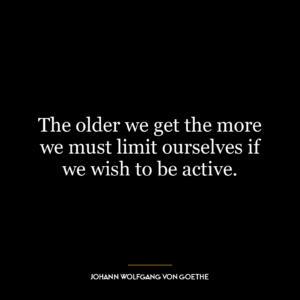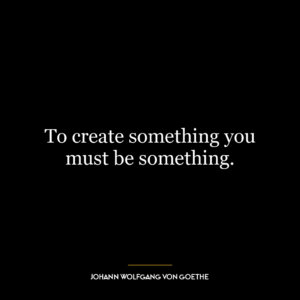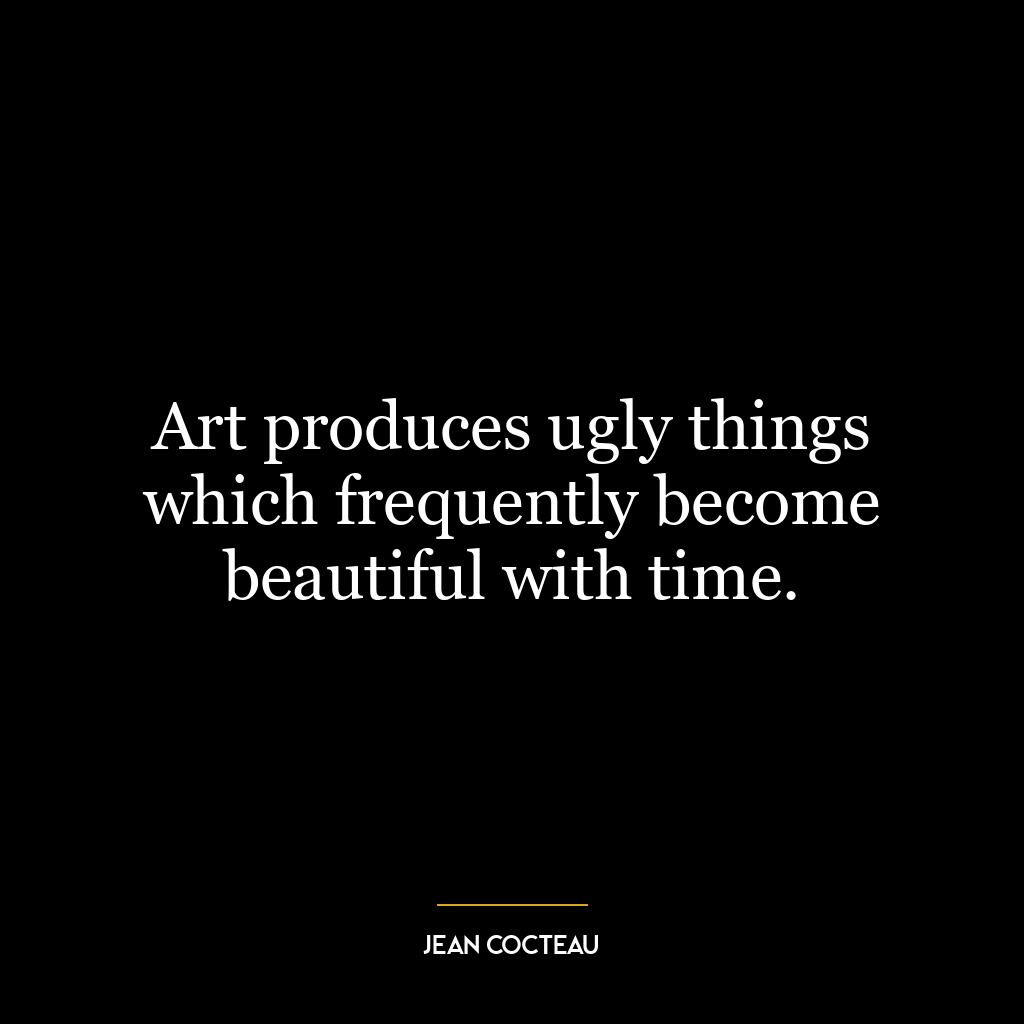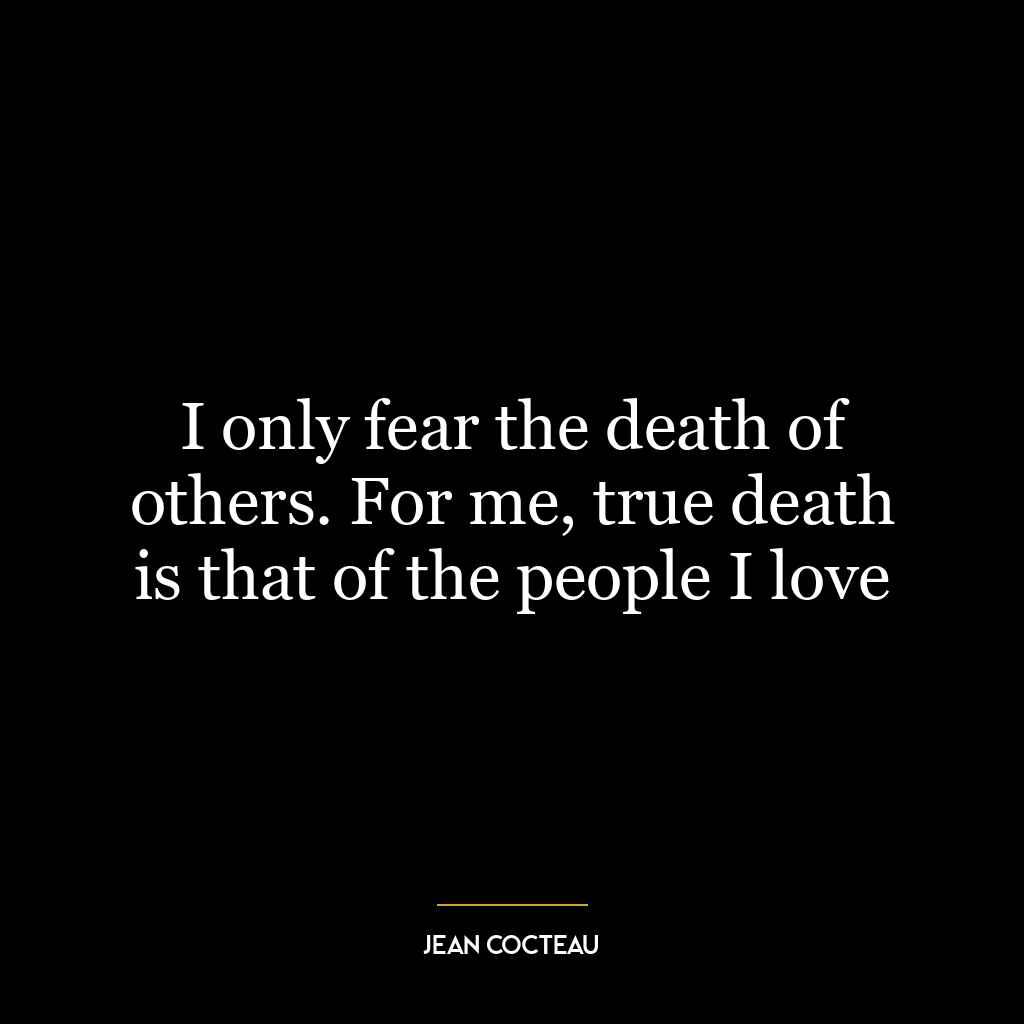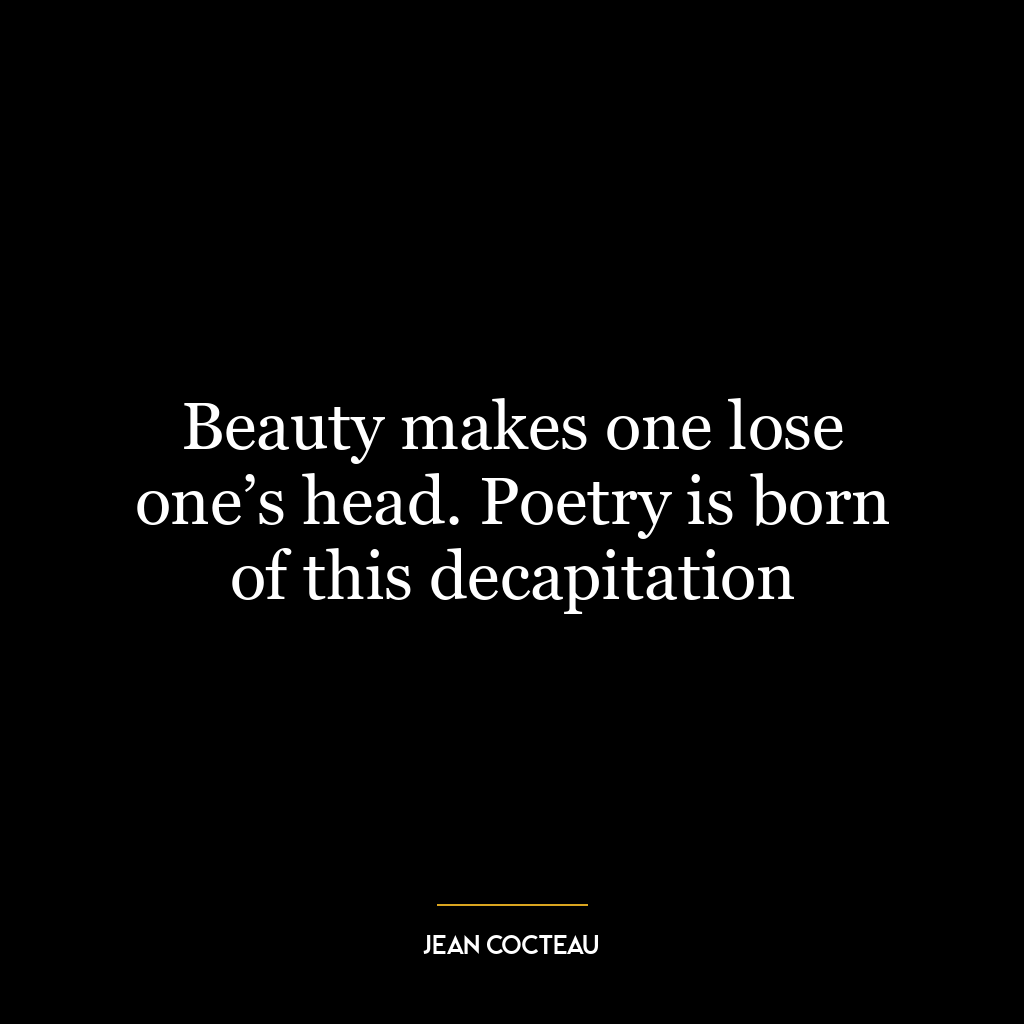Flowers are the beautiful hieroglyphics of nature with which she indicates how much she loves us.
This quote describes flowers as “beautiful hieroglyphics of nature,” a poetic way to say that they are symbols or messages from nature. Hieroglyphics were a system of writing used by ancient Egyptians, which consisted of various symbols. Each symbol had a particular meaning, and the combination of these symbols conveyed a larger message. By comparing flowers to hieroglyphics, the quote suggests that each flower, in its unique beauty and characteristics, carries a specific message from nature.
The second part of the quote says that these messages indicate how much nature “loves us.” This anthropomorphizes nature, attributing it with the human emotion of love. It suggests that the existence and beauty of flowers are expressions of nature’s affection towards humanity. The blooming of a flower, its colors, its scent, and its life cycle can be seen as a loving gesture from nature to humans, a reminder of the beauty and wonder of life.
In today’s world, this idea can serve as a reminder to appreciate nature and its gifts. In the hustle and bustle of modern life, it’s easy to overlook the simple beauty of a flower. Yet, each flower is a symbol of nature’s intricate design and its capacity for creation. Recognizing this can inspire a greater appreciation and respect for the environment.
In terms of personal development, this quote can encourage mindfulness and presence. Observing a flower, noticing its details, and pondering the ‘message’ it carries can be a form of mindfulness practice. It can help cultivate a sense of wonder, gratitude, and peace, which are beneficial for mental and emotional well-being. Furthermore, recognizing the ‘love’ expressed through flowers can foster a sense of connection with nature, which can be grounding and comforting in times of stress or loneliness.
In a broader sense, the idea that nature communicates through symbols can be applied to other natural phenomena as well. Sunsets, rainbows, the changing of seasons – all of these can be seen as ‘hieroglyphics’ that convey a message of love and beauty. This perspective can inspire a more mindful, appreciative, and connected way of living.








